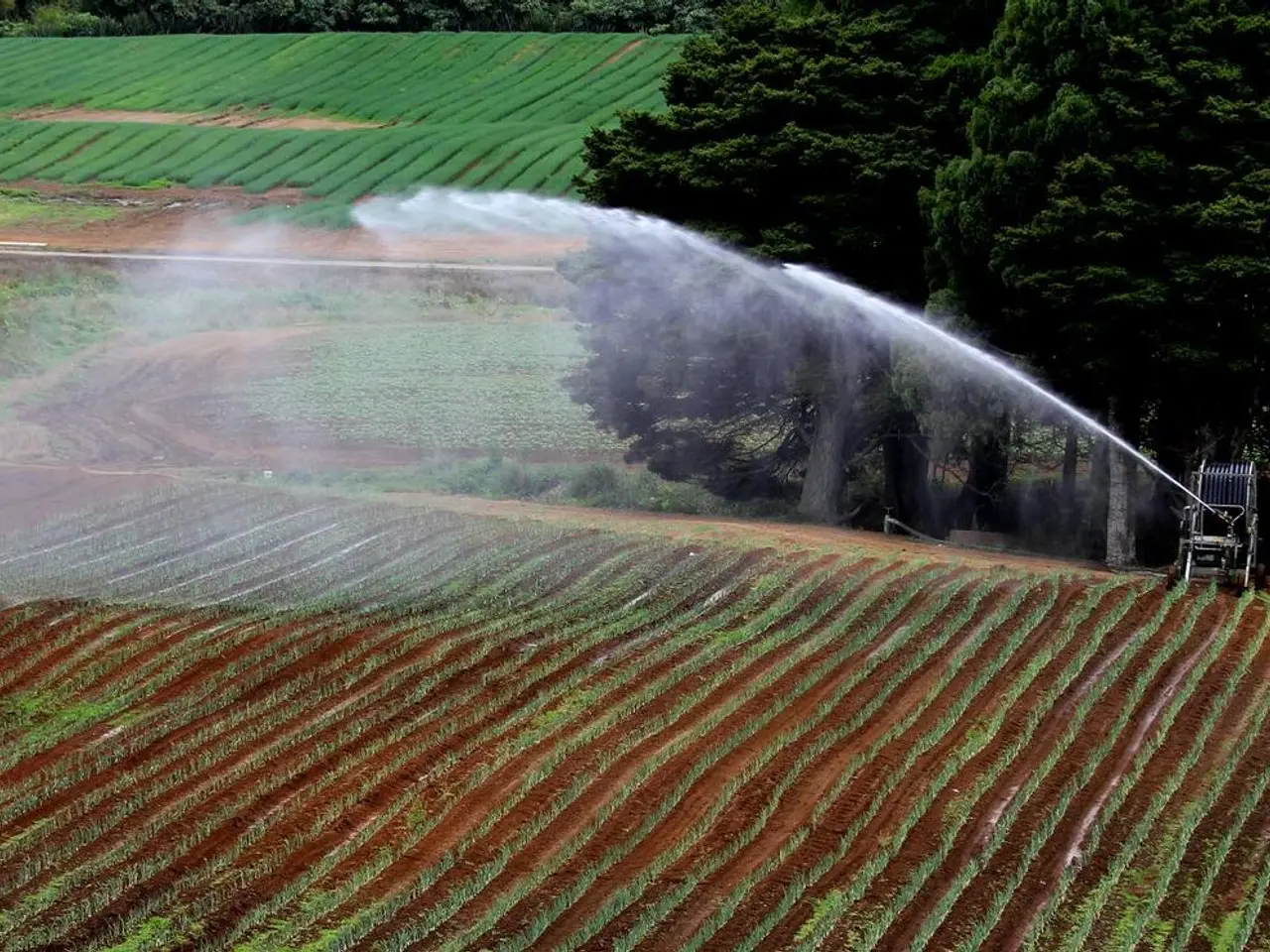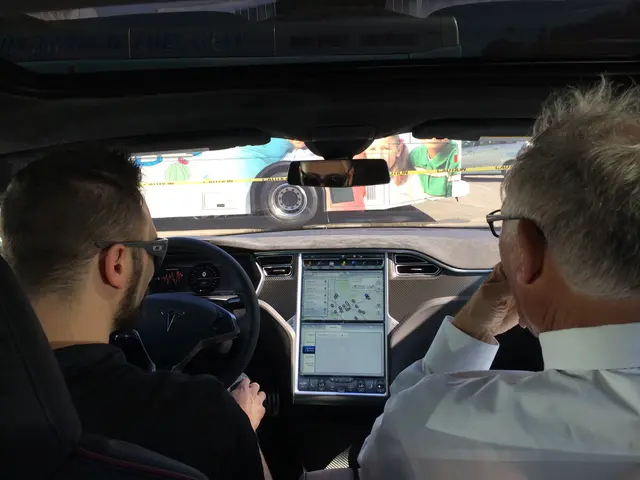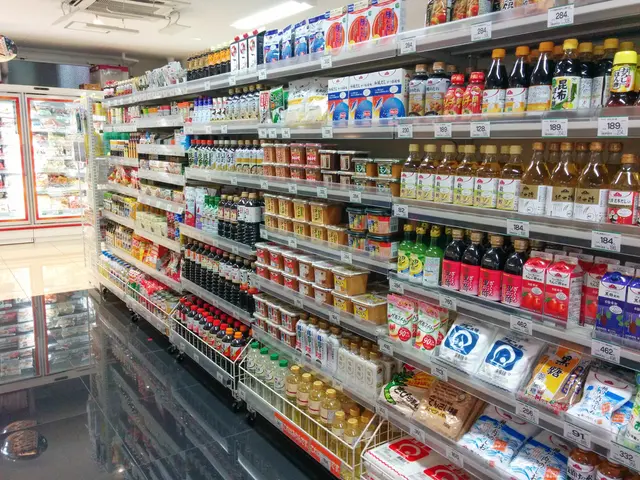Developments in the Combination of Advanced Technology in Agricultural Equipment
In the world of modern agriculture, technology is playing an increasingly significant role. This article aims to break down complex concepts such as IoT-enabled farm machinery, AI-driven precision farming, and sensor fusion into simple, easy-to-understand terms.
At the heart of precision agriculture lies the integration of common sensors, communication standards, and sensor fusion methods. These include soil moisture and temperature sensors, NDVI (Normalised Difference Vegetation Index) cameras, RGB (Red, Green, Blue) cameras, LiDAR (Light Detection and Ranging), GNSS (Global Navigation Satellite System) with Real-Time Kinematic (RTK) capabilities, LoRaWAN, NB-IoT, LTE/4G, 5G, ISOBUS, CAN bus, Kalman filter, complementary filter, averaging, Bayesian fusion, and neural network fusion. These tools measure soil, crop, and position data, with tractors or sprayers carrying sensors or receiving data. A gateway sends this data to the cloud, where it is stored, visualized, and powers applications.
Telematics plays a crucial role in tracking machine use, fuel consumption, and enabling predictive maintenance. This involves monitoring machine health and use by watching engine hours, PTO (Power Take-Off) hours, working vs. idle time, fuel consumption, liters/hour, and fuel per task. Additionally, error codes, temperature, and vibration are monitored.
IoT-enabled farm machinery is a chain consisting of a sensor, vehicle (tractor or sprayer), gateway, and cloud, creating a real data flow. For those interested in implementing this technology, a checklist for fleet setup, training, and managing robotic tools is essential. This includes assigning IDs and installing telematics on every machine, mapping fields and uploading to each robot, setting geofences and safety zones, training one operator per machine, running hands-on drills for emergency stop and manual override, keeping a simple shift log for handovers, inspecting tools daily for wear, cleaning sensors after wet or dusty runs, and rotating batteries and spares weekly.
AI-driven precision farming uses models and edge computing to make faster field decisions. Models predict yield, pests, or best spray spots, and edge devices on tractors run these models live. As we look to the future, key trends include the use of operations, edge computing, data governance, interoperability, and vendor integration.
In terms of operations, the key steps in IoT-enabled farm machinery include attaching a sensor, sending data by cellular, LoRaWAN, or Wi-Fi, using a cloud dashboard, and sending commands back to the tractor for action. Measuring savings from automation is another crucial aspect, with companies and organizations such as technology-driven agricultural firms, cloud platform providers like Ever.Ag, and research institutions like Germany’s Leibniz Centre for Agricultural Landscape Research (ZALF) likely to be involved in the future development and implementation of IoT-controlled agricultural machinery and AI-supported precision farming.
Safe deployment and testing for autonomous equipment, robotic weeding, and harvesting is essential for practical adoption. This involves starting with a small pilot, planning the task and marking the area, checking maps, fences, and obstacles, setting speed and safety limits on the robot, running a tethered or supervised trial, recording results and failures, adjusting settings, and repeating.
Edge computing reduces delay by allowing immediate adjustments to spray, seed, or speed. Model types include rule-based, machine learning (ML) regression, and computer vision, with the latter used for weed or disease detection. Another future trend is the use of blockchain in agriculture supply chains.
In conclusion, the integration of technology into agriculture is revolutionizing the industry. By understanding the basics of IoT-enabled farm machinery, AI-driven precision farming, and sensor fusion, farmers can make informed decisions about implementing these technologies on their farms.
Read also:
- Peptide YY (PYY): Exploring its Role in Appetite Suppression, Intestinal Health, and Cognitive Links
- Toddler Health: Rotavirus Signs, Origins, and Potential Complications
- Digestive issues and heart discomfort: Root causes and associated health conditions
- House Infernos: Deadly Hazards Surpassing the Flames








